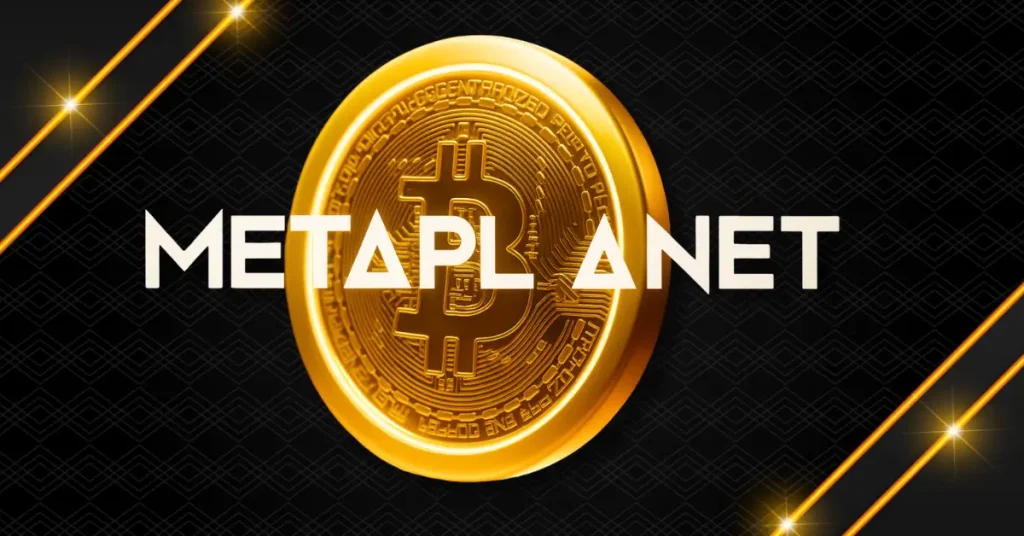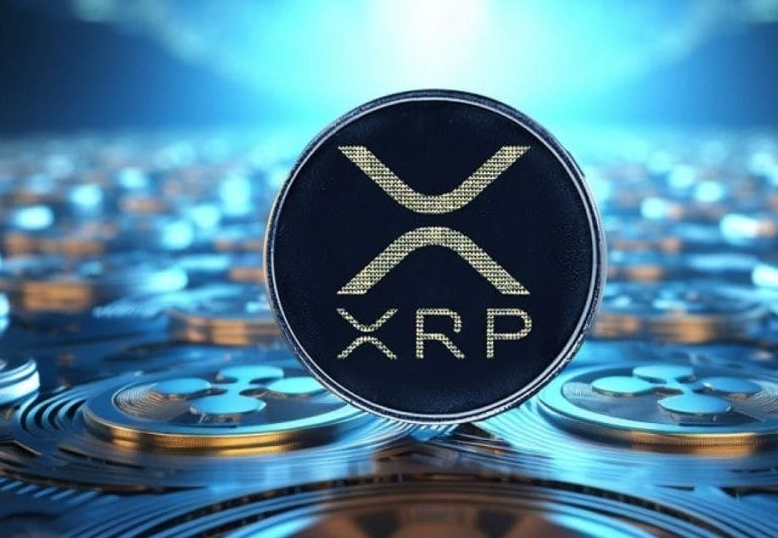Justin Bieber earned his first No. 1 on the Hot 100 in 2015 with “What Do You Mean?,” a song that marked his transition into mature pop sounds. NEW YORK, NY – MAY 04: Singer Justin Bieber attends the ‘China: Through The Looking Glass’ Costume Institute Benefit Gala at the Metropolitan Museum of Art on May 4, 2015 in New York City. (Photo by Dimitrios Kambouris/Getty Images)
Getty Images
Justin Bieber’s music career was essentially nonexistent for several years, and fans were beginning to wonder when they’d get to hear from the pop star again — until, out of nowhere, he revealed his new album Swag would drop in just a few hours. The full-length, which blended pop and R&B, arrived shortly thereafter in mid-July, and it brought him back to the highest reaches of several Billboard charts this summer.
More recently, Bieber delivered a second installment, titled, appropriately, Swag II, which is counted together with Swag for charting purposes in the United States As he celebrates songs from Swag II and the continued success of multiple tracks from the first edition, his first leader on the Hot 100 turns 10.
“What Do You Mean?” Debuted at No. 1
“What Do You Mean?” debuted at No. 1 a decade ago, opening atop the Hot 100 on the chart dated September 19, 2015. The cut was not only Bieber’s first to start in first place, but — amazingly — his first ruler on the most competitive songs ranking in America.
Justin Bieber Was a Superstar Without a No. 1
By the time “What Do You Mean?” arrived, Bieber was already one of the biggest pop stars on the planet. He’d racked up multiple hits in America, but he had never managed to lead the Hot 100. The Canadian musician had come close with tracks like “Baby” featuring Ludacris and his own “Boyfriend,” which stalled at Nos. 5 and 2, respectively, but for a time, he was one of the most famous names in music without a No. 1.
A One-Week Leader That Blocked The Weeknd
“What Do You Mean?” only managed a single frame at No. 1 on the Hot 100, and it was lucky to launch in first place at all, as competition was especially fierce at that time. The track pushed down The Weeknd’s “Can’t Feel My Face,” which was already in its second run at the top. Just one frame later, “Can’t Feel My Face” returned to the throne before The Weeknd replaced himself at No. 1 with “The Hills.”
Justin Bieber Pivoted to Mature Pop
The legacy of “What Do You Mean?” within Bieber’s discography is centered on it being his first No. 1, but that’s not the only thing that matters. At the time, he was still largely seen as a teen pop sensation, and he was aiming to shift from youth-oriented material to more mature top 40 sounds. “What Do You Mean?” helped him manage that notoriously difficult feat, as it tapped into the tropical house style that was popular at the moment and proved he could do more than pander to screaming young fans.
Purpose Produced Multiple Hot 100 Leaders
“What Do You Mean?” served as the first single off Bieber’s then-upcoming album Purpose, the full-length that reintroduced him as an adult after some personal turmoil. The set produced multiple smashes, including a trio of No. 1s on the Hot 100 — quite the run, considering he had never dominated before that era. Following “What Do You Mean?,” both “Sorry” and “Love Yourself” took turns at No. 1 as well.
Purpose and the Grammys
While “What Do You Mean?” was never nominated for a Grammy, Purpose brought Bieber back to the show. He earned his first nods in 2011 for Best Pop Vocal Album and Best New Artist, then waited half a decade before winning as a featured artist on “Where Are Ü Now,” fronted by Jack Ü (Diplo and Skrillex).
Purpose was nominated for both Best Pop Vocal Album and Album of the Year, while “Love Yourself” — one of the follow-ups to “What Do You Mean?” — earned nods for Best Pop Solo Performance and Song of the Year. He didn’t claim any prizes in 2017, but those nominations helped bring his career to another level, and it all started with the immensely catchy “What Do You Mean?”
Source: https://www.forbes.com/sites/hughmcintyre/2025/09/19/justin-biebers-first-no-1-single-turns-10/


